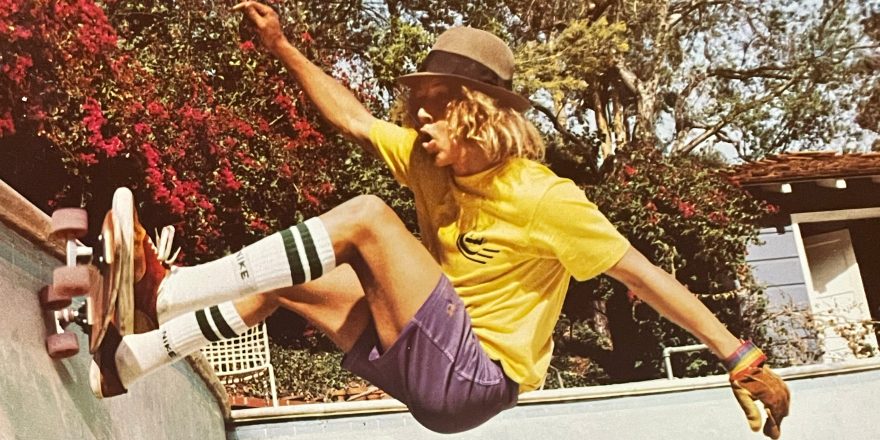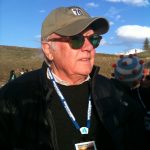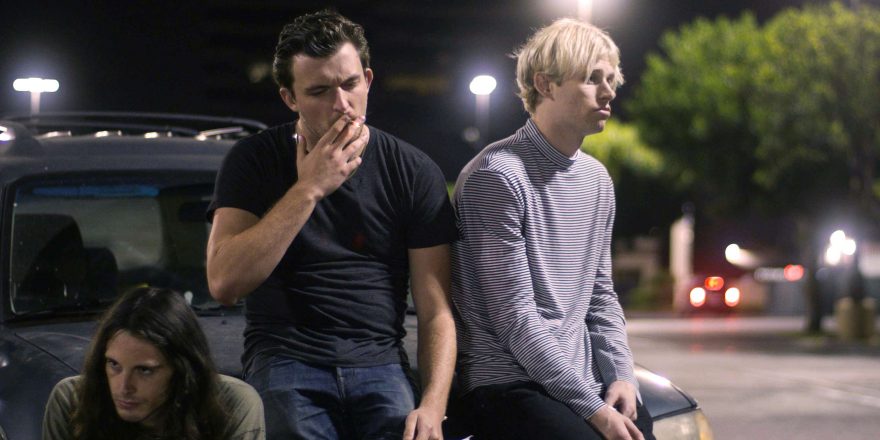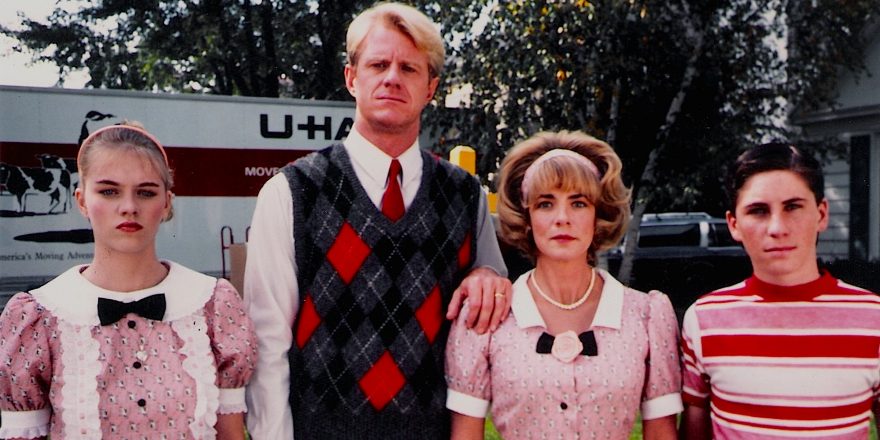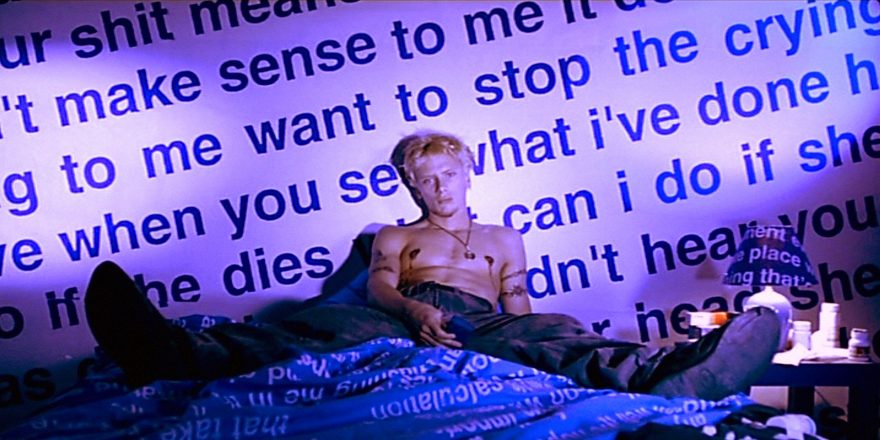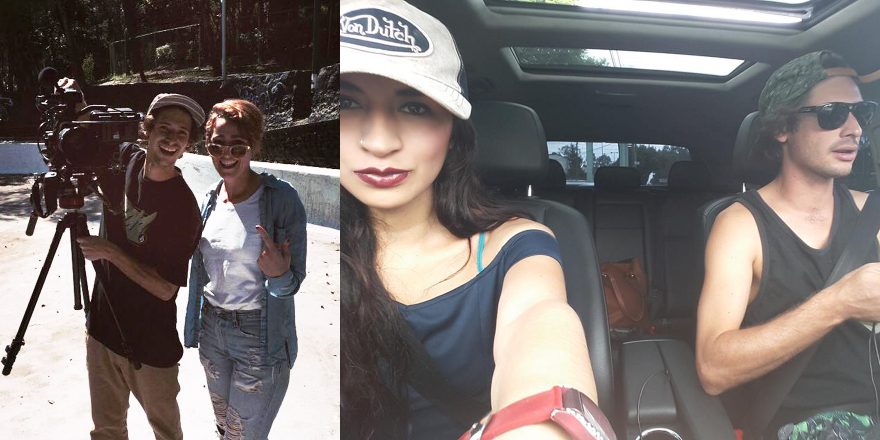In the 1970s, any TV commercial director worth his salt wanted to direct movies and every ad agency writer wanted to either write the great American novel or a hit screenplay. Hence, the formation of me, George Gage, and Dick Wolf as a creative team. (Dick was more than a decade away from creating Law & Order and was writing under the name Richard A. Wolf.) While producing TV spots for Crest toothpaste or Pampers, our creative juices flowed. Not over the commercials – over our next film idea. Result: Skateboard, a little gem combining comedy, grit and the best trailblazing skateboarders around in 1977.
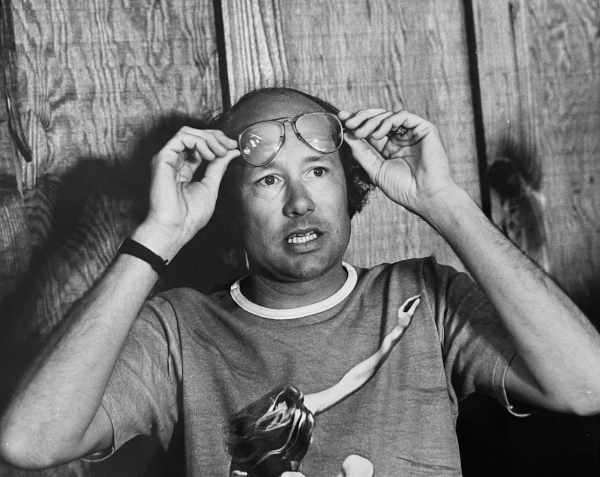
First we cast none other than Tony Alva, a real coup at the time. Dogtown! Next was star female skateboarder Ellen O’ Neal, then Rich Van der Wyk, plus a ragtag group of unknown but fabulous skaters. Well-known character actor Allen Garfield played their coach. Allen’s impressive credits included Mother Jugs and Speed, Nashville, The Conversation and more than 60 other Hollywood films.
Financing this low-budget feature film wasn’t easy. People with big money hadn’t discovered this up-and-coming sport yet, but Harry Blum, ex-president of Lionel Trains, had. Dick met him on an airplane, and with Harry’s familiarity with toys, he was hooked. Problem was, we had to be ready to film in 60 days. We hadn’t even finished the screenplay! While Dick wrote like crazy in New York, I cast the actors, found the locations and assembled a crew in Los Angeles.
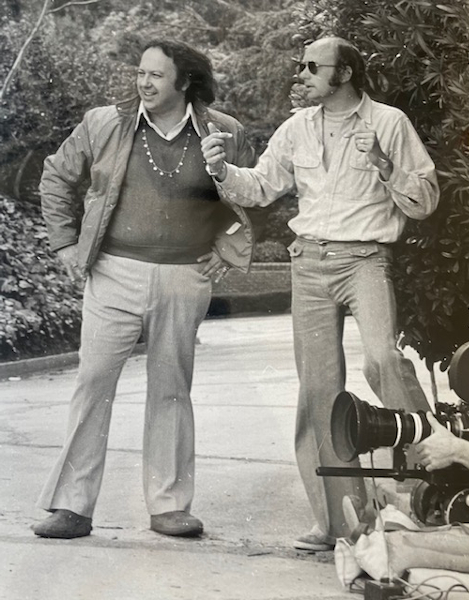
I lived in Malibu so relying on what I knew, I found the funk. Lots of the cast were commercial actors I knew. Allen and I had worked together on a couple of spots. All the actors were good, but the most authentic performances came from the non-actor skaters. They were the real thing. They had the vibe and the lingo – especially Tony. And wow, could they skate!
In 1977, California was going through a drought, so people’s backyard swimming pools were empty. Riding pools became the ultimate expression of freedom and Tony had totally mastered pool skating, so it was a pleasure to watch and film him. To direct him, not so much – because he always had his headphones on. I’d yell directions and finally he’d whip them off and shout “Huh?” Actually, this made for some comic relief.
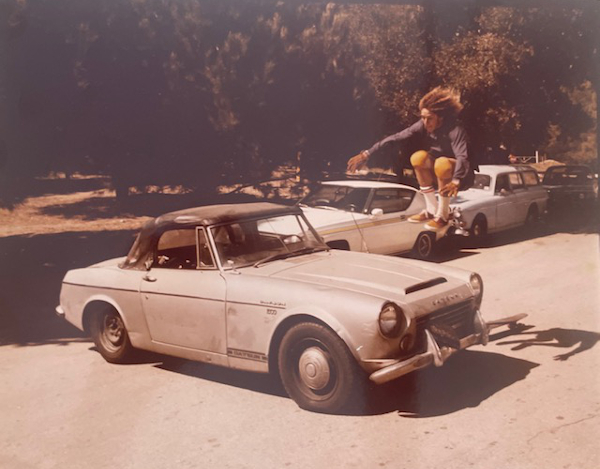
The story of Skateboard centers around an unemployed, gambling-addicted, sloppy, overweight talent agent, Manny Bloom. Unfortunately, Manny is also deeply indebted to his thuggish loan shark of a bookie. One sunny day, Manny is driving his held-together-by-spit-and-glue Datsun convertible when he notices a group of skaters coming down a steep hill. Speeding towards him, Tony leaps over the Datsun’s hood. A light bulb goes off in Manny’s head. He could start a skateboard team! Capitalizing on youth, sunshine, and ultimate freedom, the Los Angeles Wheels are formed. Pretty inept at first, they get better and their events get bigger. They even get uniforms and cool skating shoes from a brand-new shoe company called Nike.
In 1978, when Skateboard hit theaters, Kevin Thomas of the Los Angeles Times praised the film, its director and its cinematography, and lines of skateboarders waited in front of Santa Monica’s Laemmle Theater for the movie to open.
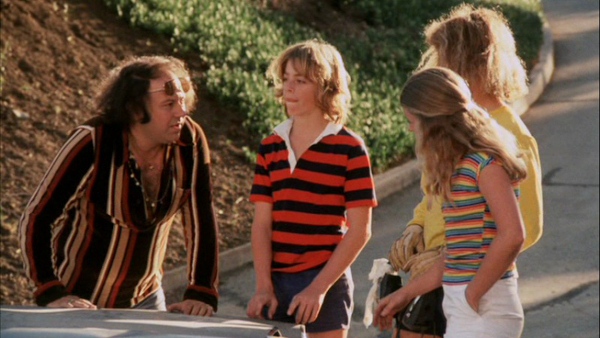
Cut to about 40 years later, Matt Grady, a fan of the film and owner of the indie distributor Factory 25, decides to try to restore and release the film. After months of looking, he finds a 35mm print of the film, maybe the only one in existence.
The print had been left in a storage vault since 1978, the year Skateboard was released by Universal Pictures. The color had faded and the print was scratched, but it was available if someone paid the storage fees. It seems they didn’t know who’d left it and no payments had been made in four decades. That was the first step toward bringing this cult classic back to the theaters, but now we’ve freed the film and the restoration of this nostalgic trip back to a sleepier, more laid-back Southern California is in progress. I’m thrilled.
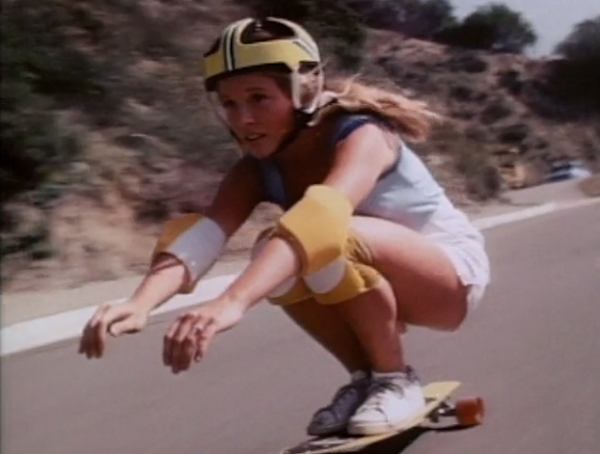
Now back to a little history: Dick Wolf was a rookie screenwriter at the time and I was already documentary director, but had never directed feature before. However, together we learned. We worked tirelessly, first long distance, then in my Malibu guesthouse, and then Dick quit his agency job and moved to the Hollywood Hills.
I think back to those great times, but also the little screw ups. Sometimes a scene would continue the next day, but the skaters would have taken their wardrobe home and then show up to finish the scene the next day in different clothes. One actor starts the scene with a nice fresh face and needs a huge makeover to cover his black eye from last night’s fistfight. The biggest screw-up was when a 16-year-old girl skater was introduced to the beer cooler. That caused not one but two reshoots, as somehow she found her way back to the cooler again; fortunately, we did finally get the scene in the can.
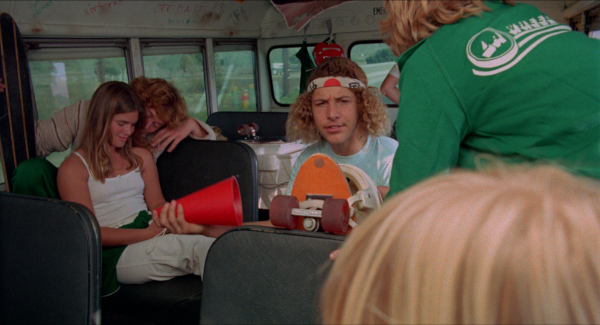
Skateboard is so much fun, and I can’t wait for you (and me!) to see it this summer on a big screen in vivid restored color. If you can, please help us out by donating to the Kickstarter campaign, for which you’ll get some cool schwag.
Hope to see you at Skateboard!


